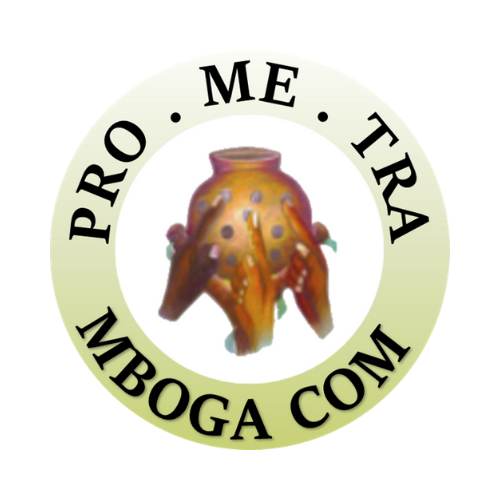Our Story.
In developing countries, modern health care is often defined by its absence missing physicians, staff, equipment, hospitals. Where facilities exist, medical bills are affordable for most of the population. The price of modern medications keeps increasing and moving even farther out of the reach of the people. In the face of this reality, we think it appropriate to draw inspiration from the past to meet the medical needs of the present and to build for the future. We feel that Africa has a fundamental role to play in the search for solutions to our health problems, and we have long urged the world to take a closer look at traditional medicine. As evidenced by the recent WHO Global Strategy on Traditional and Alternative Medicine, it appears that the developed world is beginning to pay attention.
We have been working since 1971 to restore and preserve African traditional medical practices with individual healers, at our Experimental Center for Traditional Medicine (CEMETRA) in Fatick, Senegal, and with our partners in other countries in Africa and around the world. We began our project in the Fatick region of Senegal because the people there had managed to preserve their traditions of traditional medicine despite centuries of external exploitation, poverty and drought. Our first objective was to figure out how to separate true healers from charlatans. We soon realized that modern sorting methods and statistical studies would not work in this situation. So we used African methods. We chose investigators native to the region. Their role was to prepare villages throughout the region to receive a scientific committee from Prometra who would ask them to identify local healers.
At each village the investigators gathered together notables, presidents of local associations, village chiefs and opinion leaders and told them about the study. When the scientific committee arrived at the village, they were able to work efficiently with a pre-selected, interested audience. The committee members explained the details of the project, convinced the villagers of the study’s importance, obtained a pledge of cooperation and asked them to name the true healers from the village.
The committee managed to visit 168 out of the 264 villages in the Fatick province and recorded a long list of traditional healers. The committee then cross-checked the list by asking schoolchildren (who were felt to have no personal bias or hidden agendas) to identify the true healers. A committee member would ask a child something like this: “I have a mentally ill person at home and would like to know where I can find a healer who can treat him.” The child would response in this manner: “Go to village X and ask for Mr. or Mrs. Y. He or she was the one who cured the wandering madman Z from our village.” Often the name given by the child was not on any of our lists, even though we might have visited the village a half-dozen times. After investigating, we found that the person actually existed, and we added him to the list.
After years of field activities, PROMETRA created the Association of the Sine Traditional Healers (Malango) in 1985. Malango is chaired by a regional board that oversees local boards of rural communities. The villages within each rural community also have their own boards. This structure allows efficient dissemination of information from the villages up to the region. Every board has two specific commissions: a penalty commission and a commission against charlatanism. Today, the Malango association has over 555 members, 22% of whom are women. Traditional healers, traditional priests, worship leaders, and soothsayers from all regions of the country are all eligible for membership in the association. Healers are the custodians of customs and traditions in Africa and deliver health care and health education to the majority of the population. The objective of the Malango healers is to practice their healing art freely and to be part and parcel of the national health system. Therefore, they are committed to any actions aiming at the legalization of traditional medicine. The Malango healers work in collaboration with other healers’ associations in Senegal and throughout Africa. They usually bring their technical assistance to newly created healers associations and involve other healers in their own projects.

